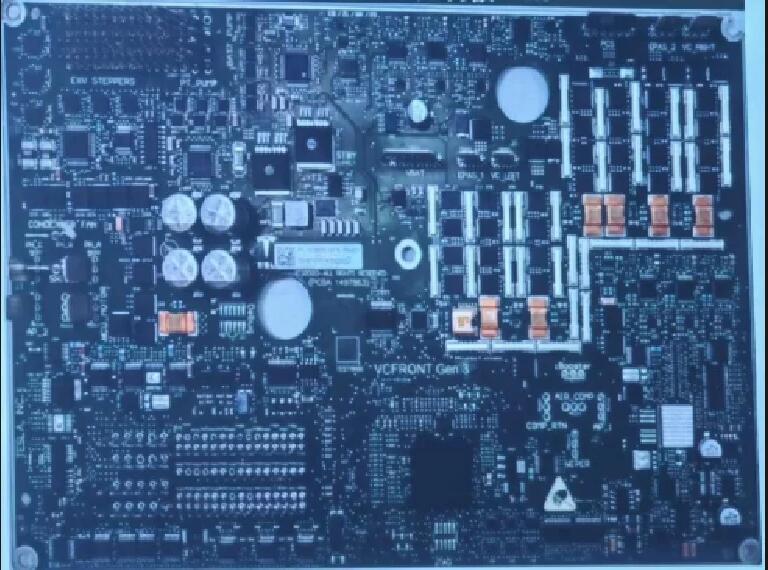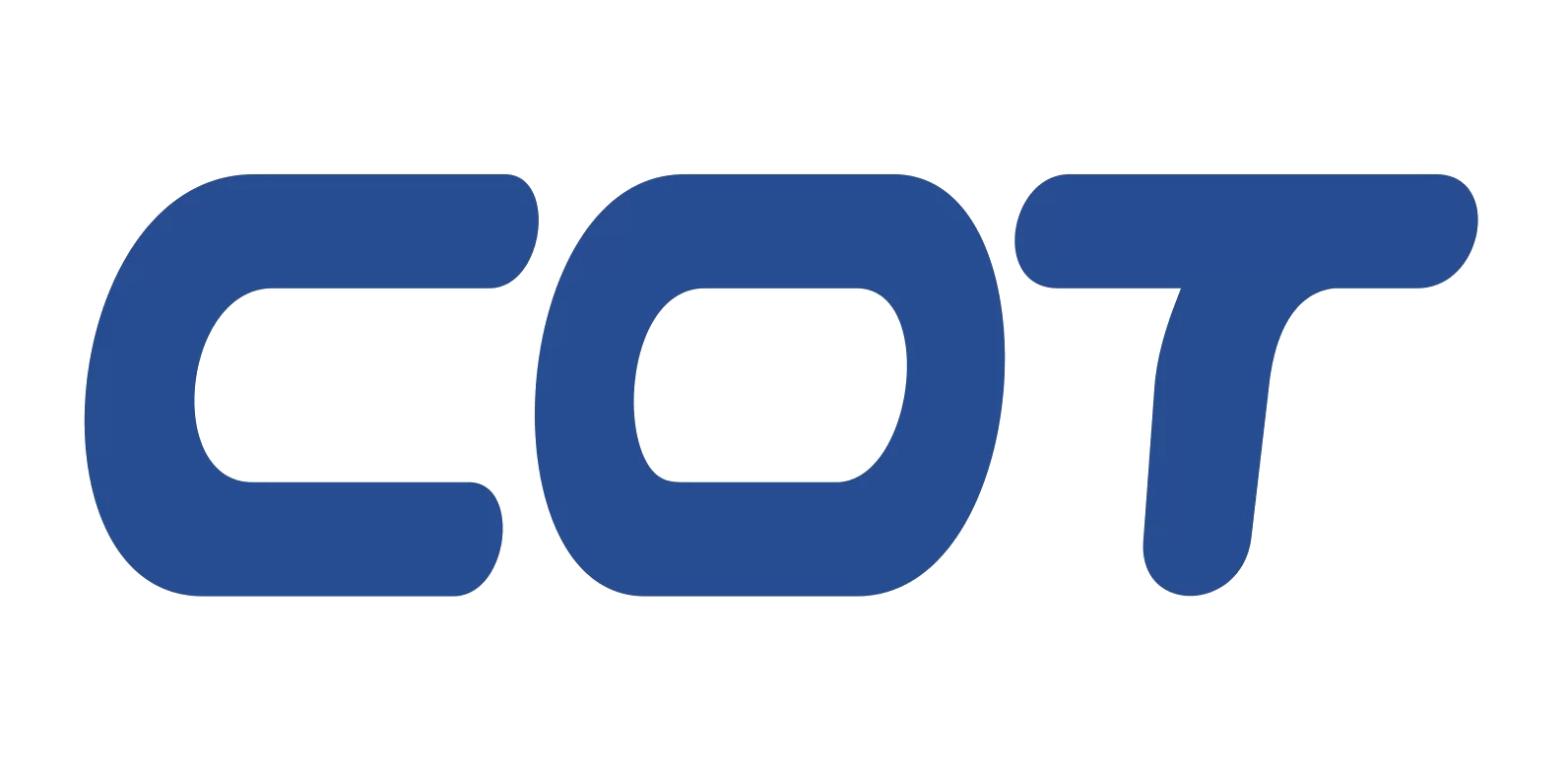Serial Number | Model | Resistance(mΩ) | TCR(ppm/℃) | Accuracy(%) | Encapsulation |
1 | 2512MP05FR001 | 1 | ±100 | ±1 | 2512 |
2 | 2512MP05FR002 | 2 | ±50 | ±1 | 2512 |
3 | 2512MP03FR004 | 4 | ±50 | ±1 | 2512 |
4 | 2512MP03FR005 | 5 | ±50 | ±1 | 2512 |
Typical Application of CSR - Domain Control
CSR is used in car DC-DC converters for real-time monitoring of current, ensuring that the current is within a safe range, preventing overcurrent situations, protecting the circuit from damage, and improving the overall efficiency of the system. Overcurrent protection is usually achieved by monitoring the voltage drop across the CSR terminals. When the current exceeds the preset safety threshold, the voltage drop detected by CSR will exceed the set value, and the control circuit will quickly respond by cutting off the power or reducing the current to protect the system.
- current monitoring
- Overcurrent protection
- Load Balancing
- Size and packaging
- Accuracy and stability
- Power Handling Capability
What are the specific application scenarios of CSR in domain control systems?
Integration: Integrating the functions of multiple ECUs onto a more powerful hardware platform simplifies the system architecture, reduces the use of wiring harnesses, and lowers costs and weight.
High performance computing: With powerful processors, domain controllers can handle more complex algorithms and more data, supporting advanced driver assistance systems (ADAS) and other intelligent functions.
Standardized interface: Through standardized data exchange interfaces, domain controllers simplify communication between different systems, facilitating system expansion and upgrades.
Hardware virtualization: supports multiple operating systems and applications to run on the same hardware platform, improving system reliability and security.

How does CSR in car DC-DC converters affect system performance?
The accuracy and stability of CSR directly affect the performance of DC-DC converters. High precision CSR can provide accurate current feedback, enabling the control circuit to more precisely regulate the output voltage, thereby improving system efficiency and response speed.
What factors should be considered when choosing CSR in car DC-DC converters?
When choosing CSR, its rated power, accuracy, temperature coefficient, size, and cost should be considered. In addition, the long-term stability of CSR and its performance in extreme temperatures or harsh environments should also be considered.
How to maintain CSR in car DC-DC converters?
- Maintaining CSR includes regular inspections of its electrical performance and physical condition, such as resistance values, connection stability, and packaging integrity. When necessary, damaged CSR should be replaced to ensure the continuous and stable operation of the system.
What are the considerations for CSR in design?
Factors to consider during design include resistance value, power rating, temperature coefficient, packaging size, and cost. Low resistance values can reduce power loss, but may require more precise amplifiers. In addition, resistors with low temperature coefficients can provide more stable measurements, but the cost may be higher.
What are the possible problems that CSR may encounter in practical applications?
Possible problems encountered in practical applications include the influence of parasitic resistance, errors caused by PCB layout, and changes in resistance values due to environmental temperature fluctuations. To reduce these effects, Kelvin connections (four terminal connections) can be used to minimize the impact of parasitic resistance, and the performance of the signal chain can be optimized through carefully designed PCB layouts.

